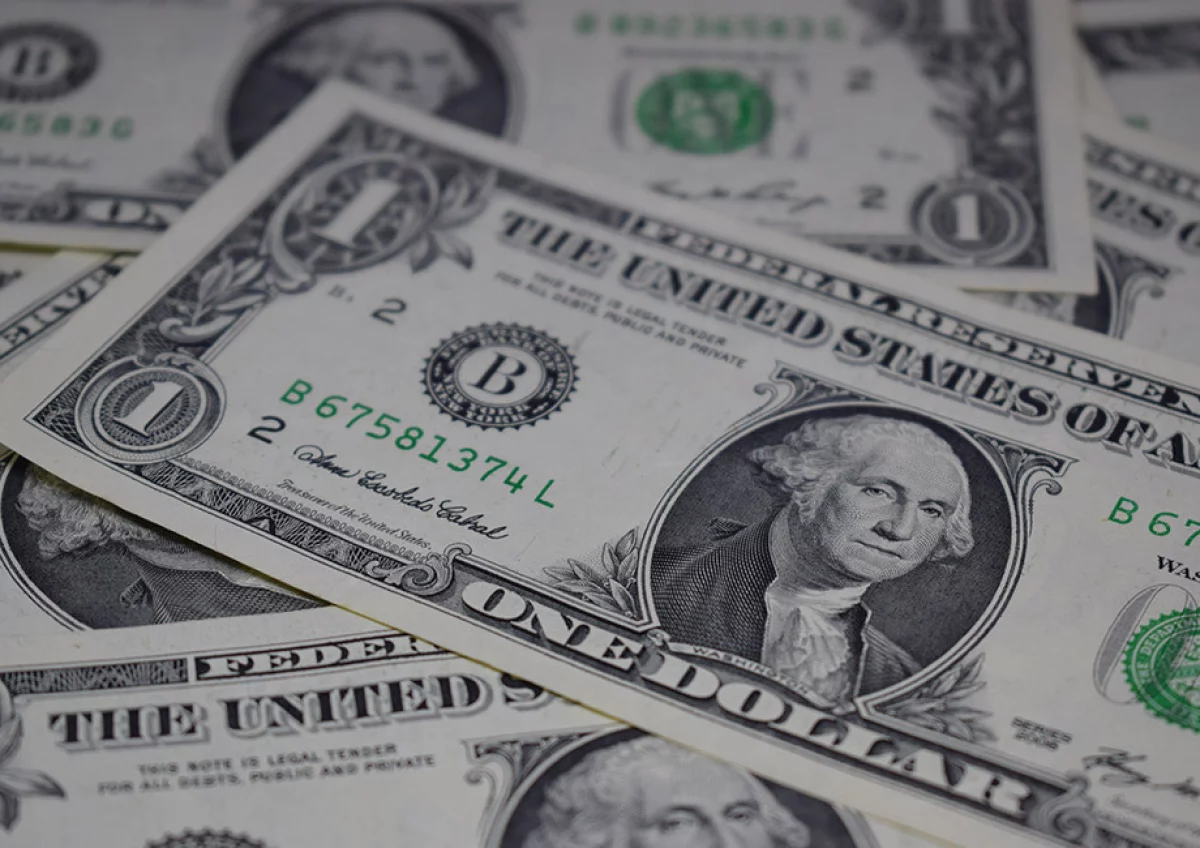Across the World the Falling US Dollar is Benefitting Risk Assets
As inflation in the United States begins to cool, it is accelerating a decline in the US Dollar, which in turn is benefitting risk assets* across the globe. In September 2022, the US Dollar surged to a record high on the back of increasing interest rates, today against a basket of currencies the US Dollar is down circa 13%, its lowest levels for 15 months.
*Risk Assets as the words imply are those assets that carry a certain amount of risk and are quite susceptible to price volatility. Such assets are generally recognised as emerging markets, currencies, equities, commodities and high-yield bonds.
The global financial system is underpinned to a great extent by the US Dollar, so as the US Dollar declines, so US Treasury yields ease, making the US Dollar less attractive. However, on the other side of the coin, this gave a boost to foreign currency across the board such as the Mexican Peso and the Japanese Yen.
From a corporate standpoint, some US companies will benefit from a weaker dollar as this will allow multinationals to convert overseas profits back to dollars more cheaply, whilst at the same time making exports more competitive in overseas markets. For example, in the US technology sector, where some companies are enjoying high growth and have recently led the markets higher, they have, according to experts, generated circa 50% of their revenue from overseas markets.
In the currency world, throughout the foreign exchange markets, as the US Dollar declines technical levels are being broken, and across the globe those currencies that are risk-sensitive are ticking up. Certain foreign exchange strategies will benefit from a falling US Dollar such as a Dollar Funded Carry Trade*. Experts in the dollar funded carry trade market expect these trades to thrive against a bleak outlook for the US Dollar.
*A Dollar Funded Carry Trade is where a higher yielding currency is bought against the sale of US Dollars, allowing the participant to pocket the difference.
The fall in the US Dollar will be a boon to some central banks and their monetary policies as they can withdraw support for their own currencies. In Japan for example, the US Dollar has fallen by 3% in the week ending 14th July and has dented expectations that as an import reliant economy, the government would have to intervene in the currency markets.
Figures from the S&P Goldman Sachs Commodity Index (S&P GSCI) have ticked up 4.6% this month reflecting the declining dollar reflecting raw materials being more attractive to foreign buyers. Emerging Markets are also benefitting from a fall in the US Dollar, making any debt corporate or sovereign easier and cheaper to service. This has been reflected in a 2.4% increase this year in the MSCI Emerging Market Currency Index.
The outlook for the US Dollar is essentially very bearish with many experts predicting the currency will fall to levels before the Federal Reserve started hiking interest rates and may go even weaker. But bears beware, a sudden unexpected increase in inflation could change strategies across the globe.
